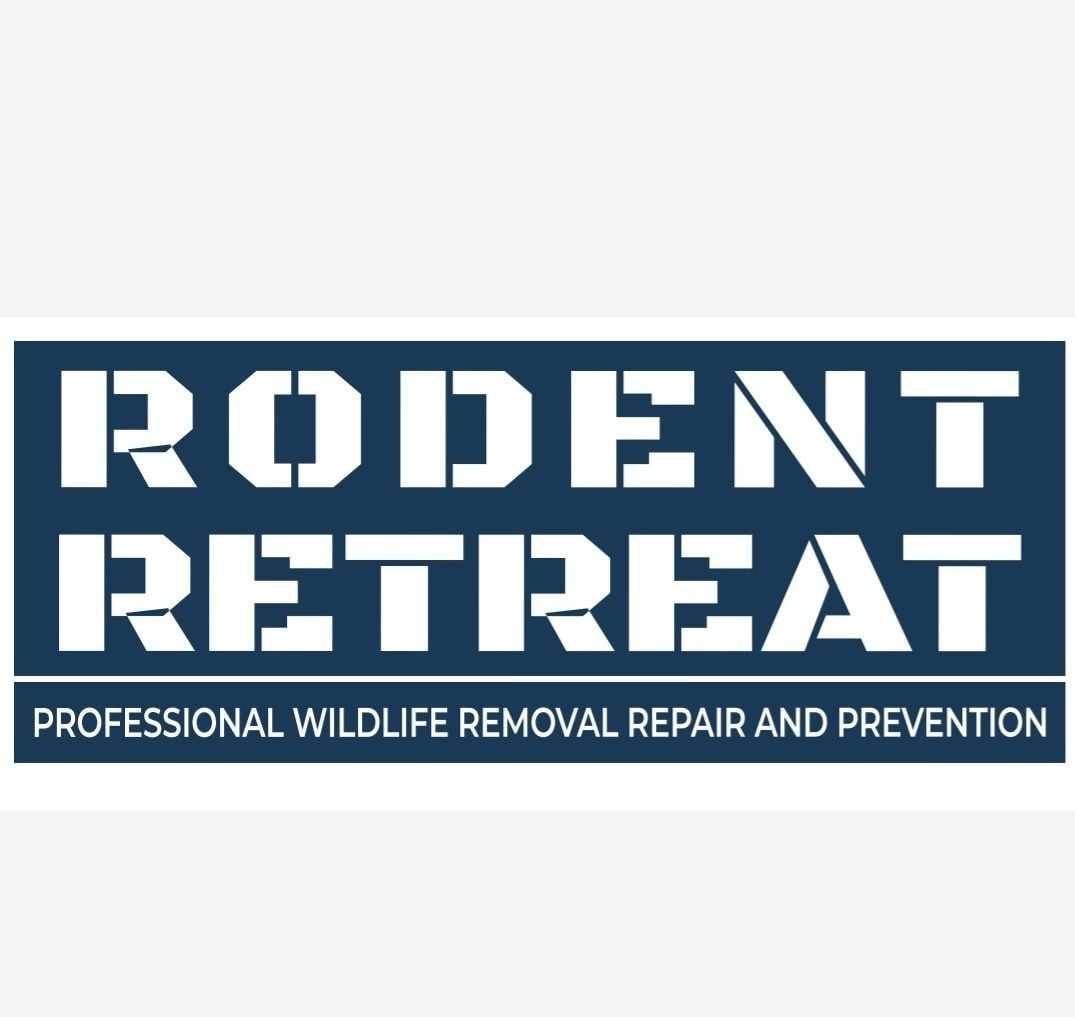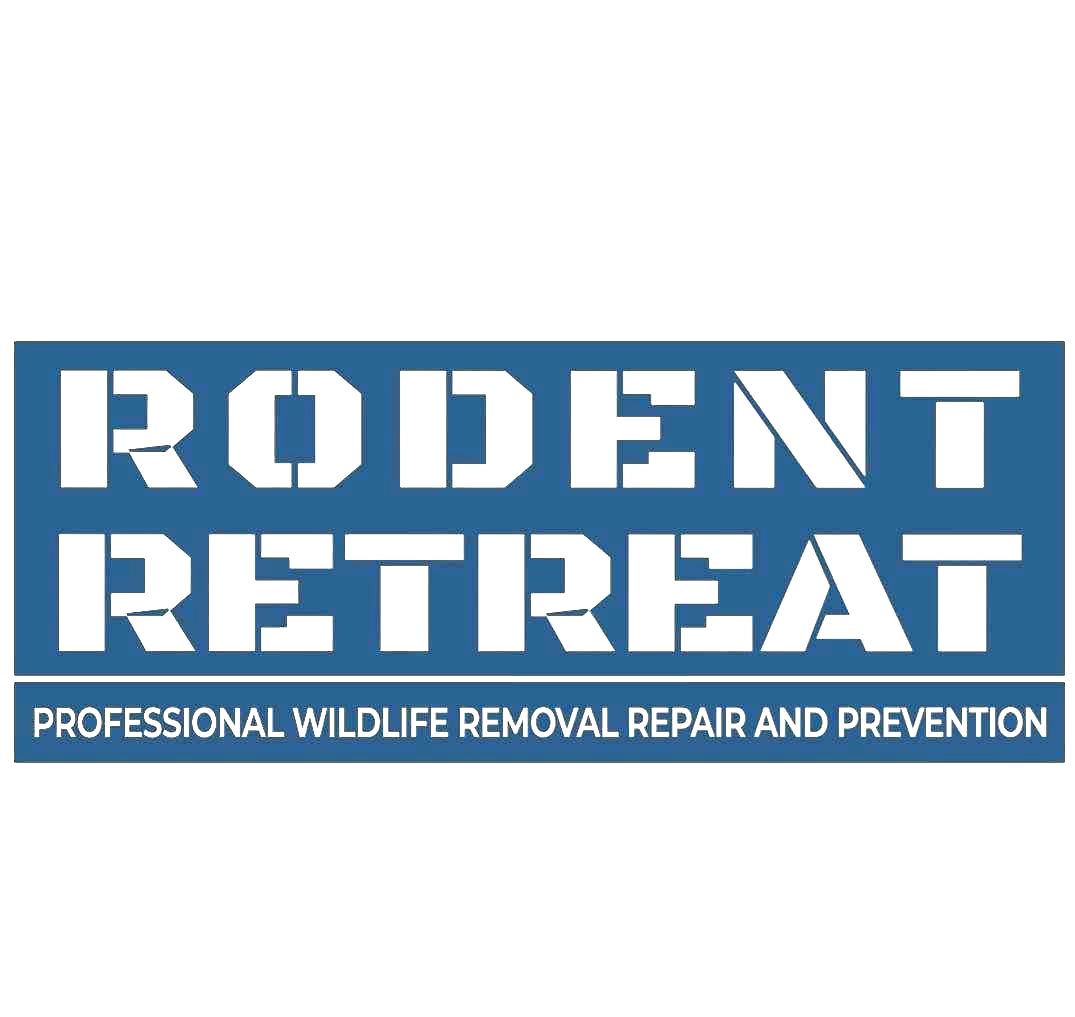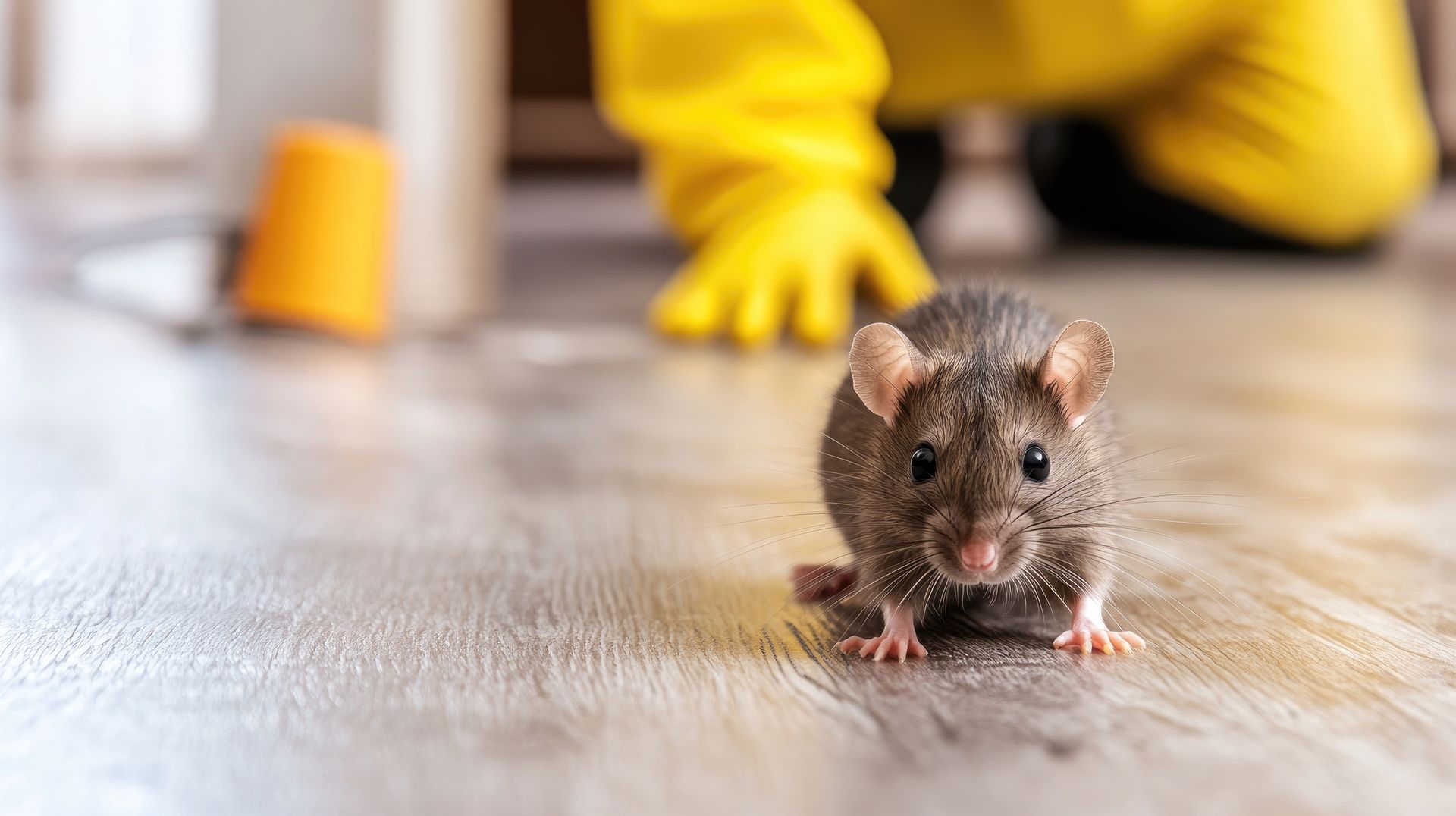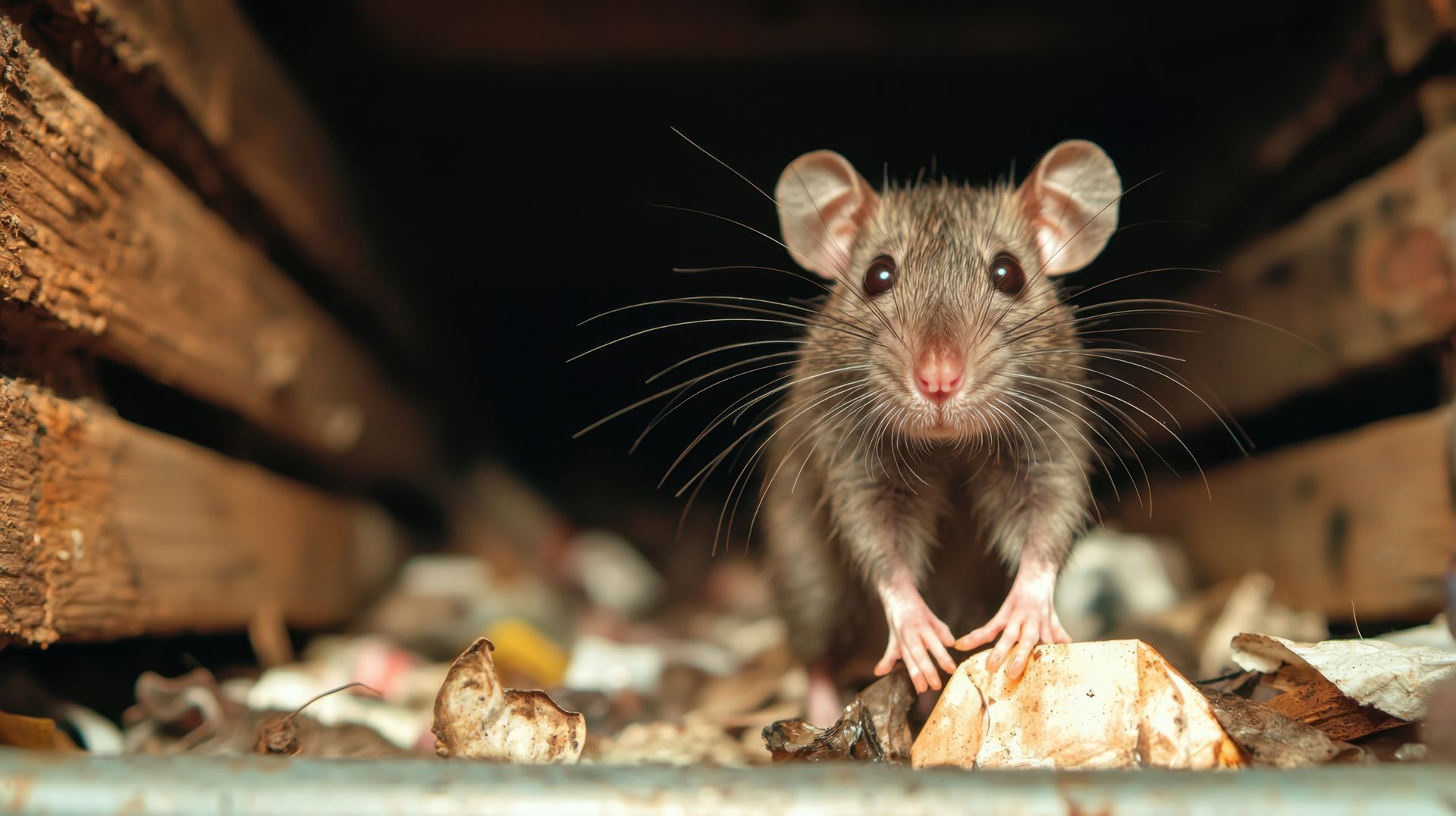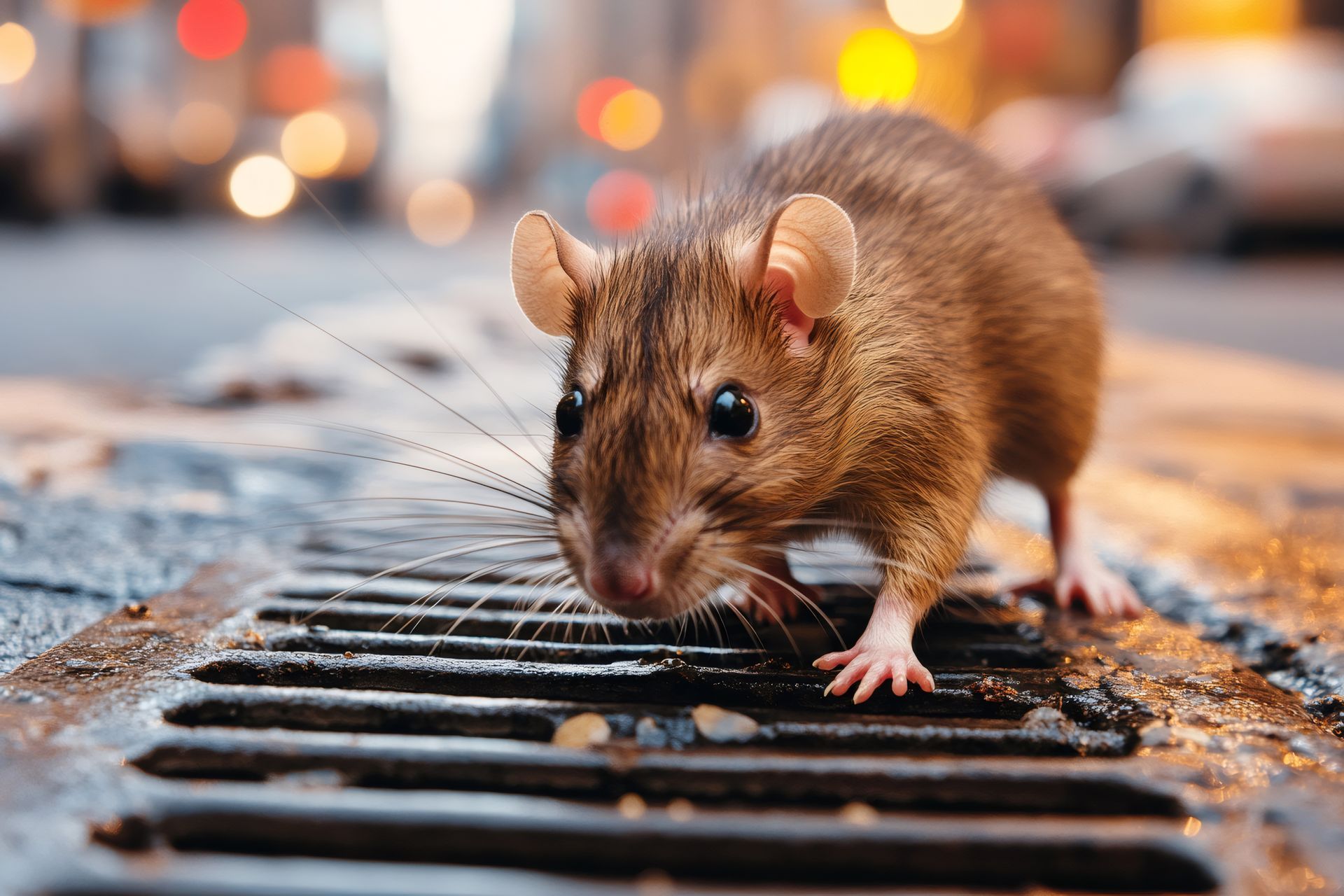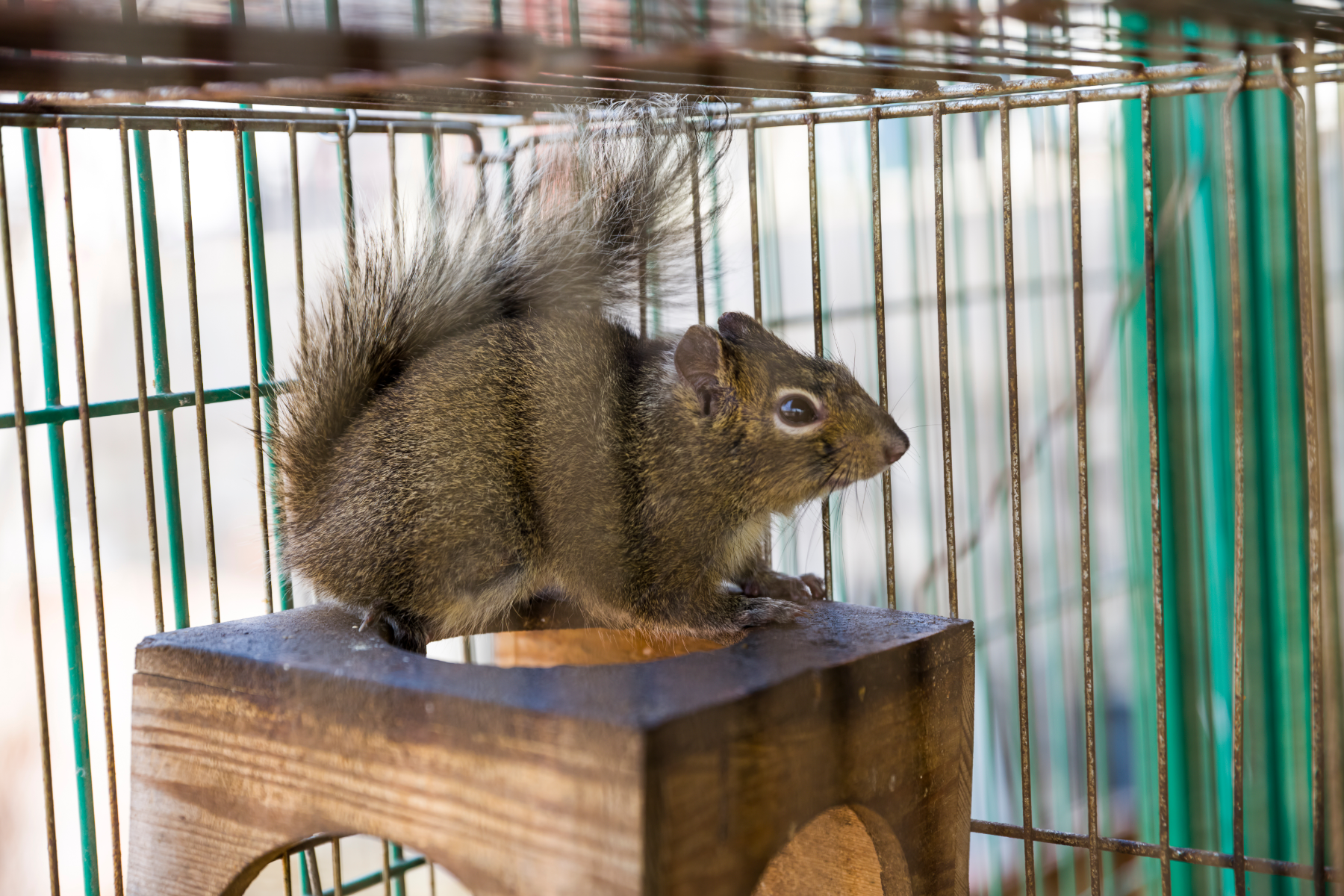
Texas homeowners sometimes find themselves dealing with unwanted wildlife, and raccoons are one common problem. Raccoons can cause damage to property, carry diseases, and create a nuisance with their nocturnal activities. It's important for homeowners to be able to identify raccoon infestations, understand raccoon behavior, and know how to safely remove and prevent these critters from returning. In this blog, we'll provide expert tips on Texas raccoon removal, including signs of infestation, safe trapping methods, the role of raccoon removal service texas and steps homeowners can take to make their properties unappealing to raccoons. We'll also address health risks associated with raccoons, post-removal actions, and common FAQs. By following these tips, homeowners can protect their homes and families from raccoon-related issues.
Identifying Raccoons in your Texas Home
Raccoons are clever and adaptable creatures, capable of infiltrating homes and wreaking havoc in attics, crawl spaces, and other hidden areas. To effectively deal with raccoon infestations, homeowners must be able to identify signs of their presence. Let's explore some telltale signs of raccoon infestation in Texas homes.
Telltale Signs of Raccoon Infestation
One of the most obvious signs of a raccoon infestation is raccoon droppings. Raccoon feces are typically dark in color, similar to dog droppings, and may contain undigested food particles. Another indication of raccoon presence is the discovery of nesting materials, such as leaves, twigs, and feathers, especially in attic spaces. Attics are prime targets for raccoons, as they provide suitable shelter and protection for them to raise their young.
Raccoons are also known for leaving behind strong and unpleasant odors, particularly from their urine. If you notice a lingering smell of raccoon urine, it could indicate their presence in your home. Additionally, raccoons are nocturnal animals, so if you hear loud and persistent scratching, thumping, or chirping noises during the night, it's likely that raccoons are causing the commotion.
Keep an eye out for trash bins overturned and scattered with food scraps, as raccoons are notorious for rummaging through garbage cans in search of food. If you observe damage to insulation or electrical wiring, it could be a result of raccoon activity. Their constant chewing and nesting habits can lead to costly repairs. If you come across raccoon droppings near water sources, such as pet water bowls or leaking pipes, it's a clear indication of raccoon visitation.
Understanding Raccoon Behavior
Raccoons are wild animals that are highly adaptable and resourceful, allowing them to survive in various environments, including residential areas. They are omnivores, meaning they eat both plants and animals, and this versatility helps them thrive in urban spaces with easy access to food sources. Raccoons are attracted to homes with abundant food scraps, such as pet food left outside or unsecured garbage cans. They are also drawn to water sources, making leaking pipes or open containers of water appealing to them.
To find suitable dens, raccoons t
ake advantage of their climbing abilities, scaling trees, fences, and even buildings with ease. Nocturnal animals, raccoons are most active during the night, which is why homeowners often hear their activities in the attic or walls when they are trying to sleep.
Understanding raccoon behavior is crucial for effective removal and prevention strategies. By recognizing what attracts raccoons to your property, you can take steps to make your home less inviting and reduce the risk of infestation.
Raccoon Removal Techniques for Homeowners
Once homeowners have identified a raccoon infestation, it's important to address the issue promptly and effectively. Here, we'll discuss safe and ethical raccoon removal techniques that homeowners can employ.
Safe and Ethical Trapping Methods
Removing raccoons from your property should be done in a safe and humane manner. Here are some tips for safe raccoon trapping:
- Invest in proper equipment for trapping raccoons, such as sturdy traps designed specifically for raccoon removal.
- Educate yourself on the safe way to set up and bait traps to reduce the chance of injury to both raccoons and humans.
- Avoid using harmful chemicals or toxic substances as bait, as this can lead to unintended harm to the raccoon or other wildlife in the area.
- Consider relocation services if trapping is successful, as raccoons should ideally be released at least ten miles away from the capture site to prevent their return.
- Dispose of trapped raccoons in a humane way, following local regulations and guidelines.
- Trapping raccoons requires proper knowledge, equipment, and care. If you are unfamiliar with trapping techniques, it is recommended to seek professional guidance to ensure the safe removal of raccoons.
Use of Approved Repellents
Raccoon repellents can be an effective tool in deterring raccoons from your property, but it's important to use approved and safe products. Avoid harmful chemicals that could pose risks to other animals, the environment, or your own health. Instead, consider using natural deterrents such as ammonia or predator urine, which mimic the presence of predators and may scare raccoons away.
Motion-activated devices, such as sprinklers or sound machines, can also be employed to startle raccoons when they approach certain areas of your property. Additionally, proper waste management is crucial in preventing raccoon attraction. Secure your trash cans and dumpsters to prevent raccoons from accessing food scraps, and dispose of pet food properly. By taking these measures, homeowners can help make their properties less appealing to raccoons.
Role of Professional Raccoon Removal Services
While homeowners can attempt to deal with raccoon infestations on their own, professional help should be considered, particularly in more severe cases or when homeowners are unsure of the most effective removal methods.
When to Call a Professional
Knowing when to call a professional raccoon removal service is essential in ensuring the safe and efficient removal of raccoons. Here are some situations where professional help should be sought:
- If previous DIY attempts have been unsuccessful in eliminating raccoons from your property.
- When dealing with a persistent raccoon infestation that poses risks to your property, health, or safety.
- If raccoon removal techniques seem too complex or risky for homeowners to tackle on their own.
- When looking for professional advice on preventing future raccoon issues and implementing exclusion strategies.
- Professional raccoon removal services have the expertise, experience, and equipment necessary to handle raccoon infestations effectively. They can conduct thorough inspections, identify entry points, and provide exclusion services to help prevent future infestations.
Benefits of Hiring a Professional
Hiring a professional raccoon removal service offers numerous benefits for homeowners dealing with raccoon infestations:
- Professional help: Experts in raccoon removal have the knowledge and experience to handle raccoon infestations safely and effectively.
- Pest control: Professionals can not only remove raccoons but also identify and address other pest issues that may be contributing to the infestation.
- Exclusion services: Professionals can inspect your property, identify entry points, and provide exclusion services, such as sealing off openings and reinforcing vulnerable areas, to prevent raccoons from returning.
- By hiring professionals, homeowners can ensure proper removal, prevention, and long-term solutions to raccoon problems.
Making your Home Unappealing to Raccoons
In addition to safe removal techniques, homeowners can take proactive measures to make their properties unappealing to raccoons, reducing the risk of future infestations.
Sealing Potential Entry Points
To prevent raccoons from entering your home, it's important to seal off any potential entry points. Inspect your property for gaps, cracks, or openings in walls, vents, roofs, siding, chimney, shingles, and other vulnerable areas. Here are some key areas to focus on:
- Entry points: Carefully examine the exterior of your home, paying attention to any visible entry points, and seal them off properly.
- Vents: Install mesh covers or protective grates over vents to prevent raccoons from entering.
- Siding: Ensure that siding is intact and any damaged areas are repaired promptly to discourage raccoons from accessing your home.
- Chimney: Close off chimney access by installing chimney caps, which will also prevent other animals from entering.
- Shingles: Check for any loose or damaged shingles and make necessary repairs to eliminate potential entry points for raccoons.
- Taking these measures reduces the likelihood of raccoon infestation by removing easy access to your property.
Proper Waste Management
Proper waste management is essential in keeping raccoons away from your property. Here are some tips for effective waste management:
- Garbage cans: Use raccoon-proof garbage cans with secure lids to prevent raccoons from rummaging through your trash.
- Trash bins: Store trash bins in sealed sheds or garages, ensuring they are tightly closed and secured.
- Trash cans: Regularly clean trash cans to remove food residues that may attract raccoons.
- Dumpsters: If you have dumpsters on your property, ensure they are closed and locked when not in use.
- By properly managing your waste, you minimize the food sources available to raccoons, making your property less appealing to them.
Health Risks Associated with Raccoons
Raccoon infestations pose health risks to homeowners and their families. Understanding these risks is crucial for taking appropriate precautions and prompt action.
Diseases Transmitted by Raccoons
Raccoons can transmit various diseases to humans, including rabies, roundworm, and leptospirosis. Here's some important information about diseases commonly associated with raccoons:
- Rabies: Raccoons can carry and transmit rabies, a viral disease that affects the central nervous system. Avoid contact with raccoon saliva, blood, or bites, as rabies is fatal if left untreated.
- Raccoon feces: Raccoon droppings may contain harmful parasites, such as raccoon roundworm, which can cause severe illness in humans if accidentally ingested or inhaled.
- Parasites: Raccoons can be carriers of various parasites, including fleas, ticks, mites, and lice, which can infest homes and pose risks to both humans and pets.
- It's essential to take precautions and seek medical attention if you suspect exposure to raccoon-related diseases. Prompt removal of raccoon feces and proper hygiene practices are important for minimizing health risks.
Property Damage Caused by Raccoons
Raccoons can cause significant damage to properties, resulting in costly repairs. It's important to be aware of the potential risks and signs of raccoon-induced damage, including:
- Insulation: Raccoons may damage insulation in attics, crawl spaces, and walls, leading to reduced energy efficiency and increased utility bills.
- Wiring: Chewing on electrical wiring can pose a fire hazard, endangering your home and family's safety.
- Stains: Stains from raccoon urine, feces, or food scraps can be difficult to remove and may cause unpleasant odors.
- Signs of damage: Look out for signs of gnawed or scratched surfaces, torn shingles, damaged vents, and droppings, as these indicate raccoon activity.
- Timely repairs and professional assistance are crucial to prevent further damage caused by raccoons and restore the safety and integrity of your home.
Post-Removal Actions
After successfully removing raccoons from your property, it's important to take post-removal actions to address any damage and prevent future infestations.
Repairing Damages
Following raccoon removal, homeowners should prioritize repairing any damages caused by raccoon activity. Here are some key areas to focus on:
- Insulation: Replace damaged insulation to restore energy efficiency and prevent further issues.
- Siding: Repair or replace damaged siding, ensuring there are no gaps or entry points for raccoons.
- Shingles: Check for any shingles that may have been dislodged or damaged, and make necessary repairs to reinforce your roof.
- Repairs: Address any other raccoon-induced damage, such as chewed wires, torn vents, or damaged structures, to mitigate risks and prevent future infestations.
- By promptly addressing and repairing raccoon damage, homeowners can ensure the long-term integrity of their homes.
Are there Risks of Future Raccoon Infestations?
While professional removal services and proper preventive measures significantly reduce the risk of future raccoon infestations, homeowners should remain vigilant. Here's what you need to know:
- Raccoon infestation: Although raccoon infestations can be successfully eliminated, there is always a possibility of re-infestation if preventive measures are not taken.
- Exclusion: Implementing exclusion strategies, such as sealing entry points, securing trash, and removing food sources, can greatly reduce the likelihood of raccoon re-infestation.
- Prevention: Regularly monitor your property for signs of raccoon activity, such as droppings, noises, or damage, and take immediate action if these signs reappear.
- By remaining proactive, homeowners can maintain a raccoon-free environment and minimize the risk of future infestations.
Frequently Asked Questions
How do you safely remove racoons?
Safely removing raccoons involves reaching out to professional wildlife removal services. Attempting DIY removal can be risky due to potential diseases and aggression. Professionals employ humane methods for trapping and relocating raccoons, alongside sealing entry points to deter their return.
Conclusion
To safeguard your Texas home from raccoon invasions, it's crucial to be vigilant about early signs of infestation and understand raccoon behavior. Utilize safe trapping methods or repellents, and consider hiring professional removal services for effective and humane solutions. Prevention is key—seal entry points, manage waste properly, and address health risks promptly. By taking proactive measures, you can maintain a raccoon-free environment and prevent future infestations. Stay informed, stay protected, and enjoy a raccoon-free home in Texas.
